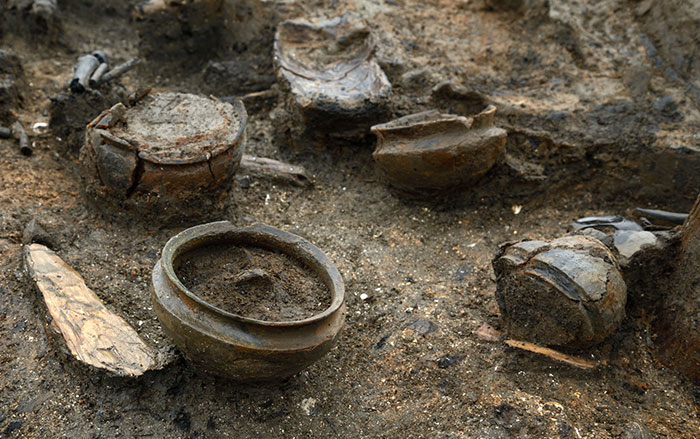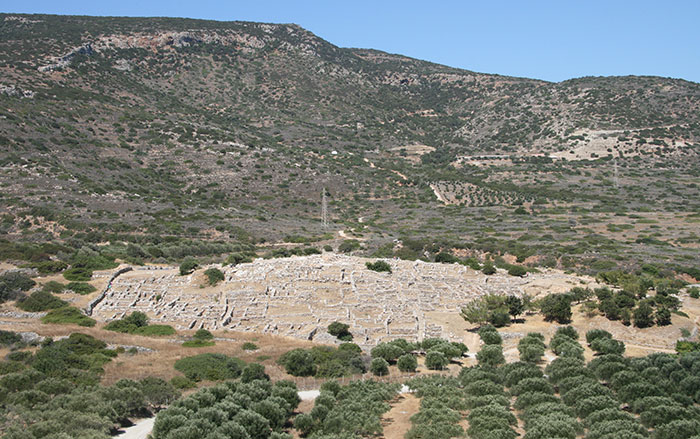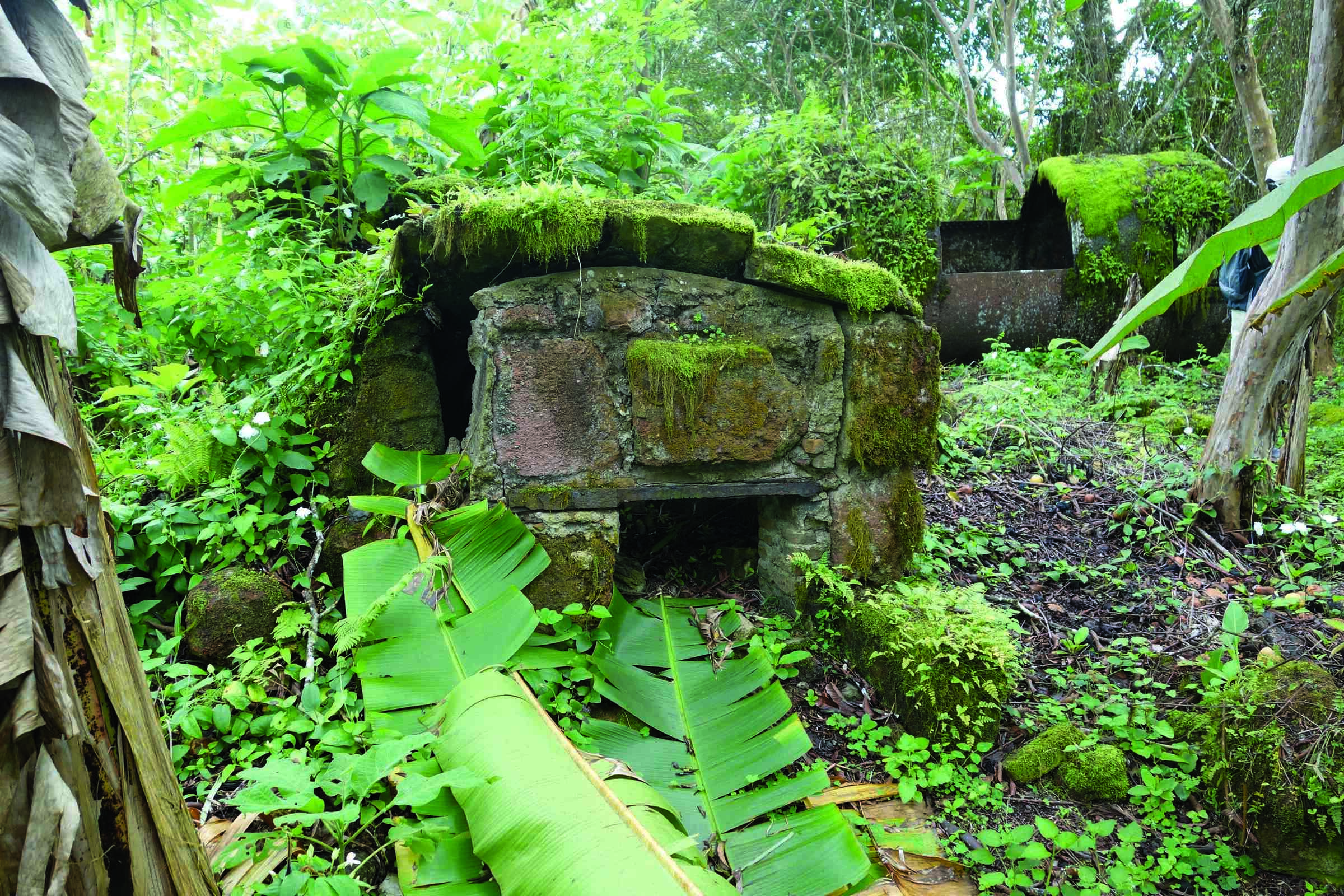
BASEL, SWITZERLAND—According to a statement released by the University of Basel, researchers led by Ferran Antolín of the University of Basel have found traces of the same kinds of plants at Neolithic pile dwellings at Isolino di Virginia, an artificial island in northern Italy’s Lake Varese, and pile-dwelling settlements in northern and central Switzerland. Radiocarbon dating of the plant remains, including durum wheat, barley, opium poppy, and flax, indicate that the houses built on stilts on Isolino di Virginia were inhabited as early as 4950 to 4700 B.C. Yet agriculture in northern Italy some 7,000 years ago usually involved the cultivation of hulled wheats such as emmer. Plants like those grown on the island were more likely to have been cultivated in the western Mediterranean region, Antolín explained. Remains of these same types of plants have also been found at the sites of the oldest known pile-dwelling settlements in Switzerland, which have been dated to 4300 B.C. Antolín and his colleagues suggest that groups of people from the western Mediterranean may have migrated through the Alps to new areas, or their culture may have spread through trade. Read the original scholarly article about this research in Journal of Archaeological Science: Reports. For more on pile-dwelling settlements, go to "The Neolithic Toolkit."










